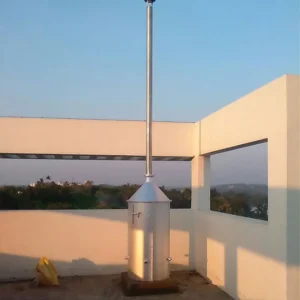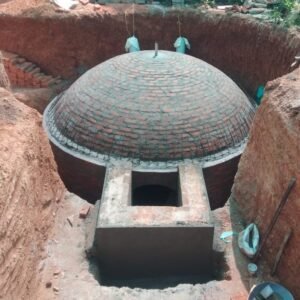Description
Sewage water/wastewater treatment (STP Plant) is the system for converting contaminated water to effluent water form which can be useful for other purposes.
Benefits and Advantages of STP Plant
Sewage water/wastewater treatment (STP Plant) is a process used to convert wastewater into effluent (outflowing of water to a receiving body of water) that can be returned to the water cycle with minimal impact on the environment or directly reused. The latter is called water reclamation because treated wastewater can then be used for other purposes.
Operation of Sewage treatment plant (STP Plant)
The wastewater generated in the washing unit is collected and subjected to grit and oil removal. The grit and large solid particles are settled at the bottom. After oil removal, the wastewater is collected in a collection tank. A chemical precipitation unit is provided. The chemical precipitation unit is provided with a mixer and dosing tanks. Parallel plates are aligned for effective settling of the slurry hopper bottom chemical precipitation unit. An adequate quantity of reagent and lime is added and mixed with the wastewater. Chemical precipitation happens, contaminants and large particles are settled at the bottom of the chemical precipitation unit. The treated water from the chemical precipitation process is collected in filter feed tanks. The water is then subjected to pressure sand filtration and activated carbon filtration. The outlet of the pressure-activated carbon filter is the treated water which is collected in a treated water collection tank and used for gardening. The sludge that settles at the bottom of the chemical precipitation unit is drained out and dried in sludge drying beds. The filtrate from the sludge drying bed is sent to the collection tank and subjected to further treatment.






Reviews
There are no reviews yet.